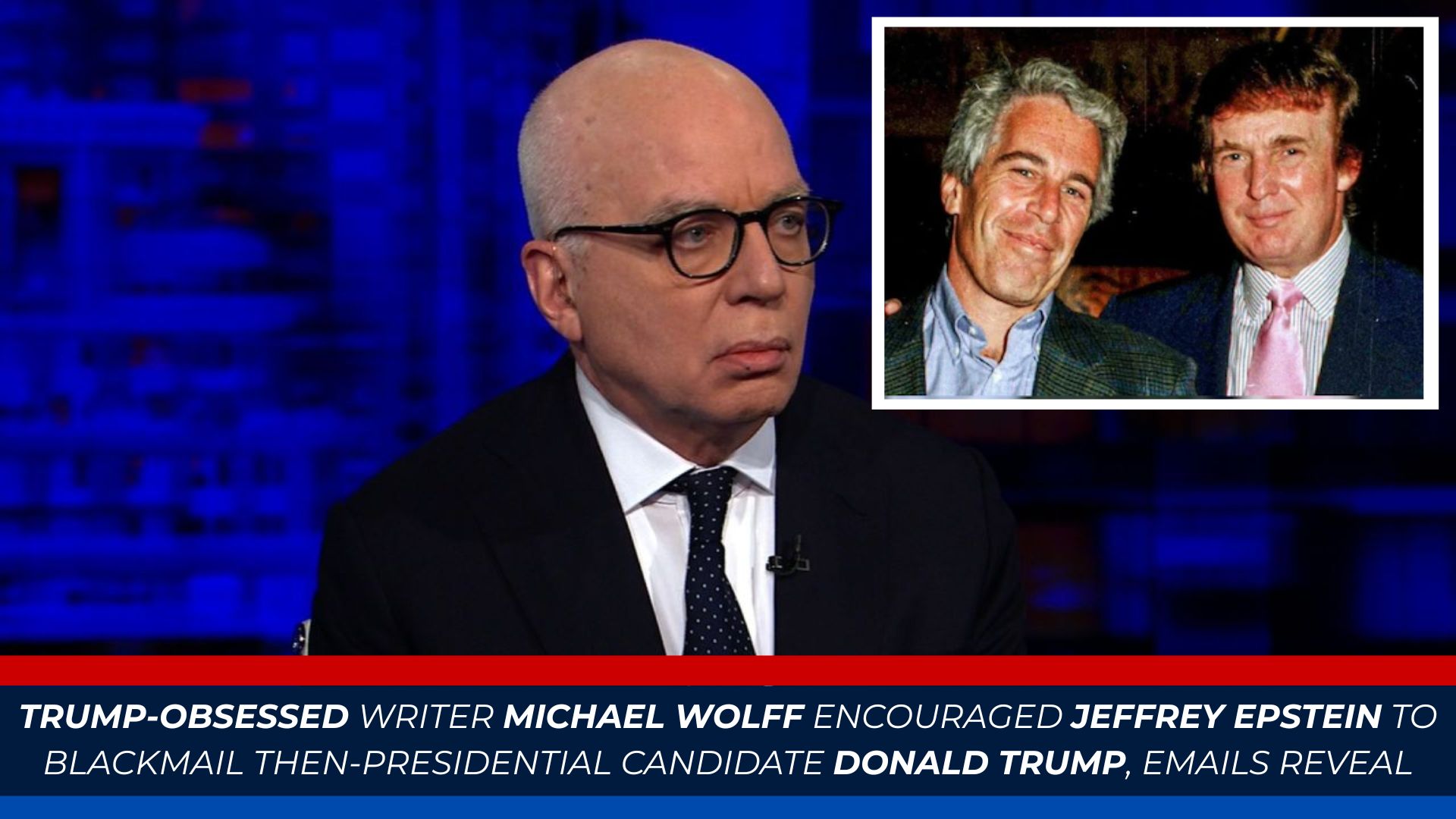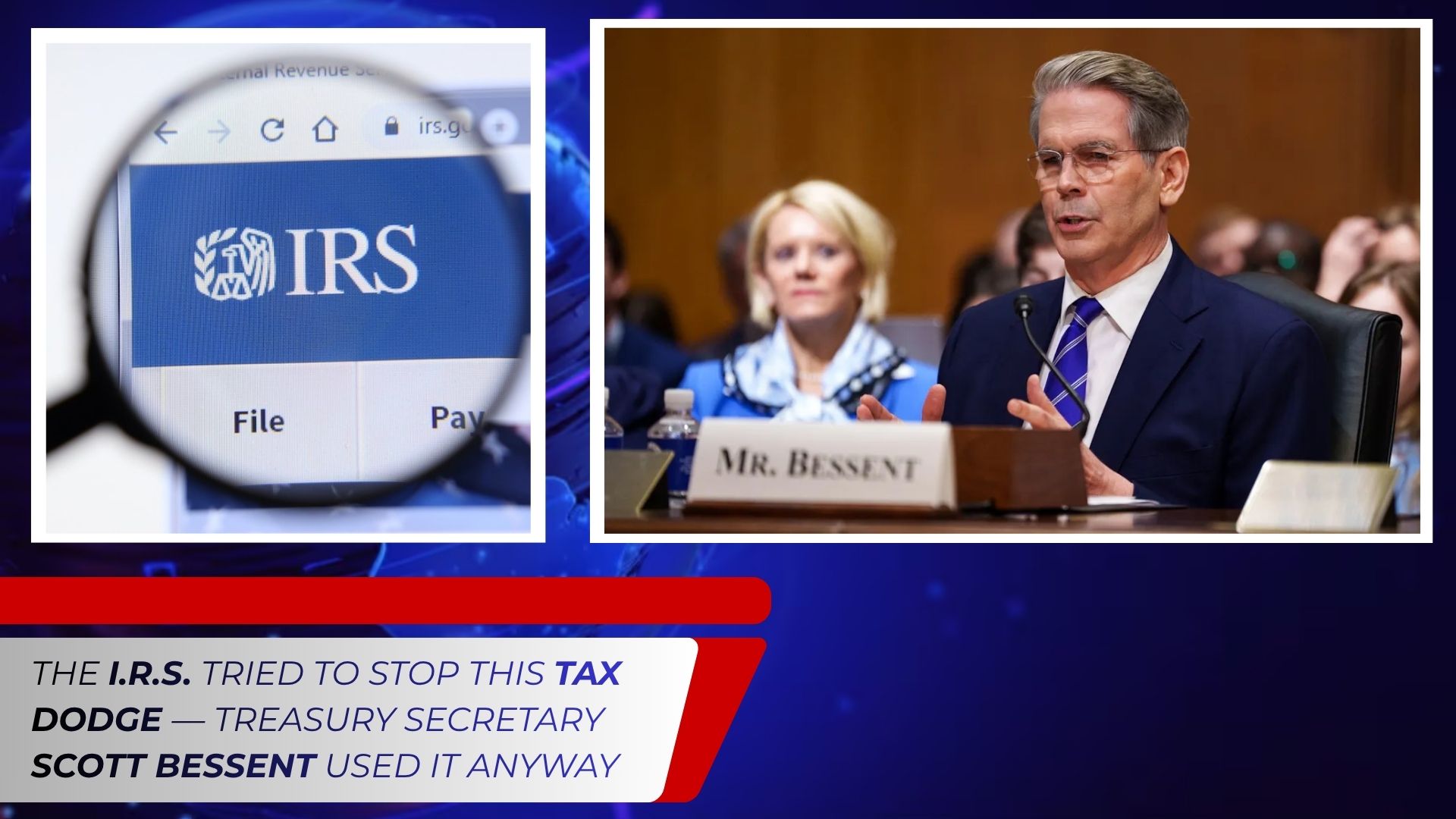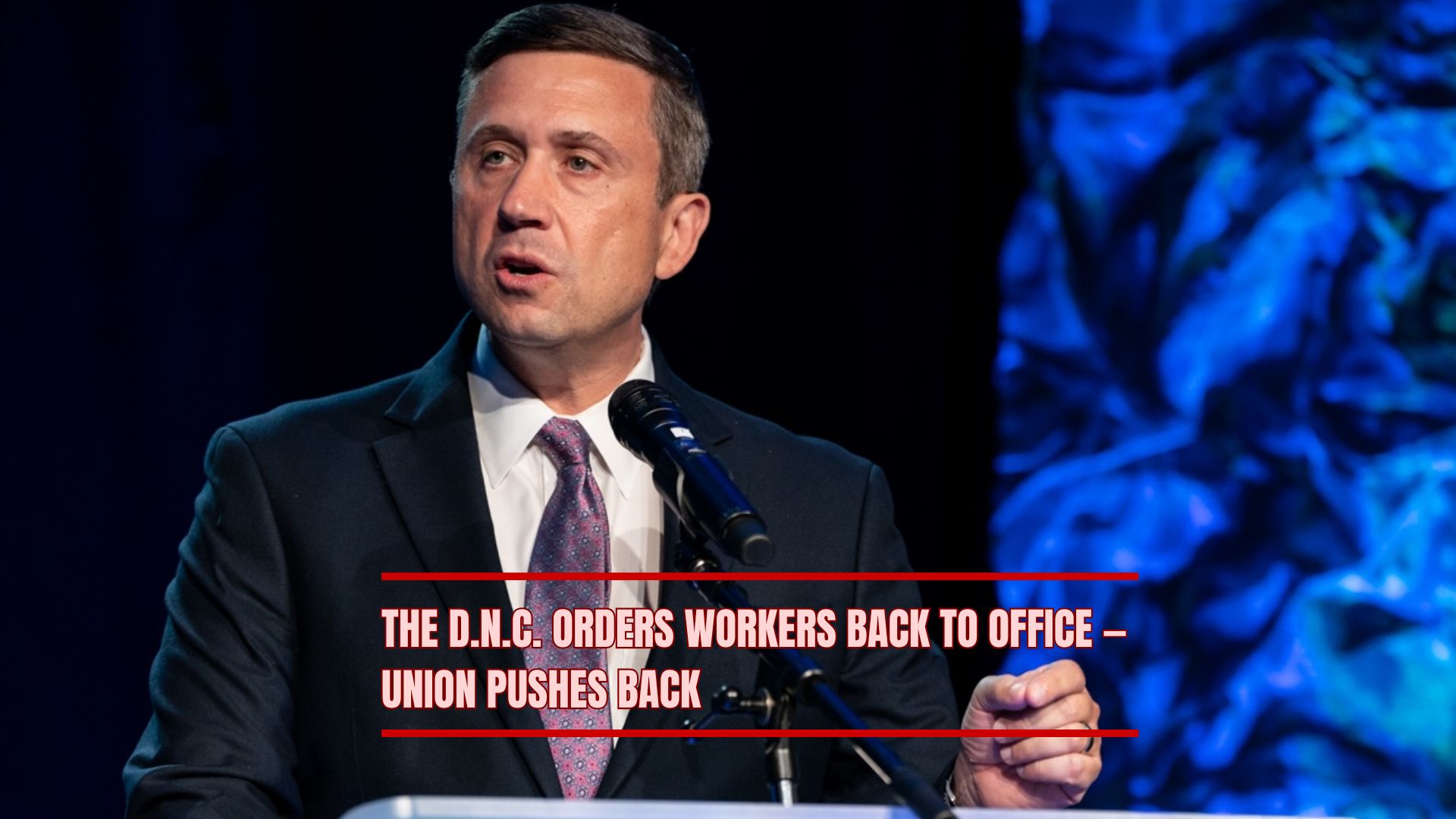President Donald Trump departs for Asia on October 24, 2025, carrying the weight of global economic uncertainty and the hopes of American farmers who have borne the brunt of an escalating trade war with China. The trip marks one of Trump’s most consequential overseas missions in his second term as he aims to reach a new trade agreement with Chinese President Xi Jinping, reopen agricultural markets, and stabilize international financial systems rattled by months of tariff battles.
Trump’s trip comes amid a tumultuous backdrop. The U.S. government remains partially shut down for a fourth consecutive week, and tensions continue to mount as Trump threatens to nearly triple tariffs on Chinese imports—raising them from 57% to a potential 157%—unless an agreement is reached by November 1. The standoff has paralyzed key sectors of trade, with China’s retaliatory tariffs halting American soybean exports and restricting access to rare earth minerals, vital for the production of smartphones, computers, and other technologies.
A High-Stakes Trip Through Asia
Trump’s itinerary begins with diplomatic stops in Malaysia and Japan, before culminating in a face-to-face meeting with President Xi in South Korea on October 30. The meeting is expected to be the defining moment of the trip, as both nations weigh the heavy costs of prolonged economic confrontation.
Trump has maintained an optimistic tone, suggesting that progress is possible despite the high stakes. “I think we’ll make a deal,” he told reporters on October 20. “They threatened us with rare earths, and I threatened them with tariffs.”
However, optimism is tempered by the grim reality faced by U.S. farmers, many of whom are suffering from historically low commodity prices as the fall harvest season approaches. For agricultural producers—especially soybean farmers—China’s market has long been a lifeline. Losing it could mean financial ruin for countless rural communities across the United States.
How the Trade War Escalated
Since early in his presidency, Trump has embraced tariffs as a cornerstone of his “America First” economic policy, designed to reduce trade deficits, bring manufacturing back home, and pressure other nations—especially China—to buy more U.S. goods.
By mid-2025, he had imposed a 57% tariff on Chinese imports, triggering a swift retaliation from Beijing. China responded with 34% taxes on U.S. goods, including agricultural products such as soybeans, corn, and pork. The tit-for-tat measures sent shockwaves through global financial markets and forced multinational companies to rethink their supply chains.
Trump later escalated the rhetoric, threatening to raise tariffs to 157% if China did not agree to what he called a “fair and reciprocal” trade deal. “At a certain point, if they pay enough tariffs,” Trump remarked, “it’s almost like saying, ‘We don’t do business with you.’”
The threat rattled Wall Street. Markets plunged on multiple occasions following Trump’s tariff announcements—first on April 2, then again on October 10—before rebounding later in the month. By October 23, major indices including the S&P 500, Dow Jones Industrial Average, and Nasdaq were still showing double-digit growth for the year, suggesting that investor confidence, while fragile, had not completely evaporated.
The Numbers Behind the Trade Collapse
The Federal Reserve reports that U.S. imports from China have fallen by more than half since the trade war began. In January 2025, Chinese imports totaled $41.6 billion; by June, that figure had dropped to $19 billion.
While tariffs theoretically generate federal revenue, economists warn that behavioral changes in trade can offset or even negate those gains. The Committee for a Responsible Federal Budget, a nonpartisan think tank, estimated that a 60% tariff rate could yield up to $2.4 trillion over ten years in gross terms—but after accounting for reduced trade, the government might collect no more than $300 billion, and potentially lose $50 billion in net revenue.
Abiel Reinhart, an economist at J.P. Morgan, predicts that a last-minute compromise is still possible. “The most likely outcome,” Reinhart said, “is that both sides agree to relax export controls enough to avoid a full embargo. The U.S. will not impose 100% tariffs, and China will continue limited trade flows to prevent total decoupling.”
The View From America’s Heartland
Perhaps the most vulnerable group in this global standoff is American farmers. For decades, China has been the United States’ third-largest agricultural customer—and its top buyer of soybeans.
In 2024 alone, U.S. agricultural exports to China totaled $24.4 billion, with soybeans accounting for more than half at $12.6 billion, according to the U.S. Department of Agriculture. When China imposed retaliatory tariffs, American soybeans became uncompetitive against cheaper alternatives from Brazil and Argentina.
“Trade wars are harmful to everyone,” said Caleb Ragland, a Kentucky farmer and president of the American Soybean Association. “These latest developments are deeply disappointing at a moment when farmers are facing an ever-growing financial crisis.”
Trump insists he understands the farmers’ pain. “I want China to buy soybeans,” he said on October 20. “They stopped buying because they thought it was punishment—and it is punishment to our farmers—but we’re not going to allow that to happen.”
Diplomatic Maneuvers and the G7 Connection
Behind the scenes, Trump’s economic team is working to coordinate global pressure on China. Treasury Secretary Scott Bessent and U.S. Trade Representative Jamieson Greer traveled to Malaysia on October 22 to continue negotiations. Bessent said the administration is considering curbing U.S. software exports if China refuses to lift its restrictions on rare earth minerals.
“We’re going into the negotiations with good intentions and great respect,” Bessent told reporters. “If these export controls—whether software, engines, or other goods—happen, they’ll be coordinated with our G7 allies: Canada, France, Germany, Italy, Japan, and the U.K.”
The involvement of allied nations underscores the broader stakes of the trade conflict. Rare earth minerals, essential for electronics manufacturing, are controlled primarily by China, giving Beijing enormous leverage in global supply chains.
China’s Defiant Response
While the U.S. escalates its tariff threats, China has maintained a measured but firm stance. A spokesperson for the Chinese Ministry of Commerce declared on October 11: “Willful threats of high tariffs are not the right way to get along with China. Our position is consistent: We do not want a trade war, but we are not afraid of one.”
Beijing has urged Washington to “correct its wrong practices” and return to constructive dialogue, warning that if the U.S. “insists on going the wrong way,” China will “take resolute measures to protect its legitimate interests.”
Legal Challenges Loom at Home
Even as Trump negotiates abroad, his tariff policies face legal scrutiny at home. On November 5, the U.S. Supreme Court will hear arguments challenging the legality of his worldwide tariffs. Two lower courts have already ruled that Trump exceeded his authority under the 1977 International Emergency Economic Powers Act, a law historically used to sanction foreign adversaries, not impose tariffs.
The Federal Circuit Court of Appeals, in a 7-4 decision, found that the statute “bestows significant authority on the President to act during national emergencies, but none of these actions explicitly include the power to impose tariffs or taxes.”
Trump, however, remains defiant: “If we don’t win that case, we will be a weakened, troubled financial mess for many, many years,” he said. “If we do, we’ll be the most powerful economic country in the world.”
What Lies Ahead
As Trump embarks on his high-stakes trip to Asia, the world watches to see whether he can transform confrontation into cooperation—or whether tensions will spiral further. For American farmers, the outcome could determine whether they regain access to one of their largest export markets or continue to face devastating losses.
Either way, the coming weeks will test Trump’s ability to deliver on his promise to make America’s economy stronger—and to prove that his brand of economic nationalism can coexist with global stability.
%20(4).png)



.png)





